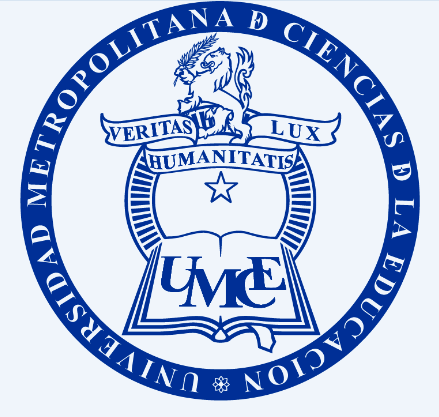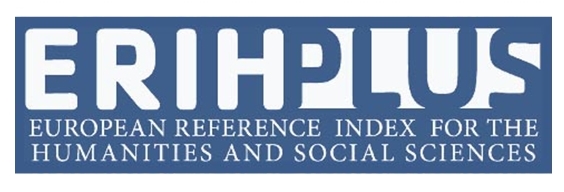Main Article Content
Jun 5, 2019
Abstract
The aim of this article is to analyse how the dragon figure in the children’s tale “The Reluctant Dragon” (1868), by the English author Kenneth Grahame, departs from its negative conceptions in the medieval genres of romance and hagiography, through a humanized characterization. This characterization is expressed in the use of refined language and the tendency to affection, to spectacle, and peace. The creature’s profile will determine the decisions of the rest of the main characters, the Boy and Saint George, against the expectations of the townspeople, who wish to witness a duel between knight and dragon as mere entertainment, without the complexity of its original sense. The development of this conflict and its peaceful resolution allow to read this tale as a humorous retelling of Saint George’s legend, one that reimagines the archetypes of knight and dragon and that questions the malign and benign stereotypes that are traditionally associated to them, through characters with will and interests of their own.
Downloads
Policies for open access journals
Authors who publish here accept the following terms: Authors will keep their copyright and will guarantee the journal the right to the first publication of their work, which will be subject to the Licence of Creative Commons acknowledgement, which allows for the use of this material only if the authorship is credited and the original source is acknowledged (the journal’s URL), and if it is not used with commercial ends and with any derivations of the original work.
Authors may adopt other non-exclusive license agreements of distribution of the published version (e.g. to save it onto a digital institutional archive or publish it in a monographic volume) only if the initial publication of this journal is indicated.
It is permitted and recommended for authors to divulge their work on the Internet (e.g. institutional digital archives or webpage) before and during the submission process, which may lead to interesting exchanges and increase the citations of the publication. (See Open Access Effect).






